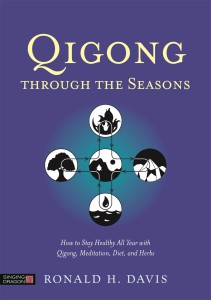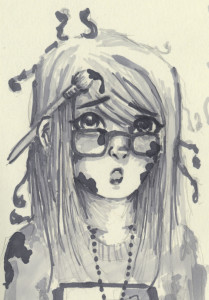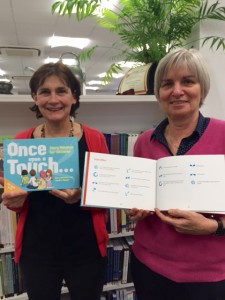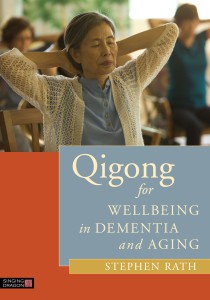#QigongFestival2016
By Noel Plaugher
As I get older I strive for more simplicity in all areas of my life. I think that it is natural to want to boil things down to their essence as we age. In keeping with this theme I have made it my personal quest to try and simplify what I feel is often made too complicated: Qigong. I am really excited that Qigong has become more popular, but I hope that the overall message of a quiet meditative exercise for the mind and body does not get lost in the intricacies of explanation.
Qigong was always taught to me very simply. Over the years I learned from many great teachers, but the one thing that struck me the most was from a teacher who was able to reduce all of the seemingly complex ideas of studying Qigong down to a few essential points. During a seminar I spoke to the teacher and asked about the specifics of a Qigong exercise. He answered my question, and then he added in broken English, “Just remember that as long as you are shifting your weight, breathing with your diaphragm and making circles with your arms, that is all you need to do.” I was really surprised. I thought he would emphasize some point of technique or something more specific to a form, but he didn’t. He was really focused on those three things. In that context I think most readers will recognize that all Qigong in one way or another includes these elements, and that when practicing, these areas should be of utmost concern over anything else.
I do not wish to imply that form doesn’t matter, it does, but not to the exclusion of the overall objective of practicing Qigong: improving body, mind and spirit. To this day when I teach, especially with beginners, I teach students diaphragmatic breathing, show them how to shift their weight while in specific stances, and I reinforce relaxed circular movement of their arms as it applies to the specific form they are learning. Almost all moving Qigong forms are helped by this concept. Beginners tend to be more relaxed and learn faster.
Only after an introduction of these concepts do I then talk about the specifics of the form they are working on. When students are freely and confidently moving it is easier to make corrections. And the corrections should always be small: a little at a time. As people study, they get familiar with their bodies and with the material that they are studying and then it can be refined. Ultimately, Qigong is about how it makes the practitioner feel. I have never had anyone ask to learn Qigong, because they want to execute a perfect form. Most people tend to want to study because they have mobility issues, anxiety, stress, medical issues, or they feel that they are out of touch with their bodies.
Most students are usually fearful of “doing it wrong.” I have found that this prevents many students from even attempting learning or practicing what they have learned. Students have also expressed that “there is a lot they need to know” as they know a little about Qigong and perhaps have heard of some concepts from Traditional Chinese Medicine. Students often think they need to know specifics to start. I like to tell them that there is a secret handshake, but I won’t show it to them until the end. I believe that when a person leaves a class they should feel better than when they started. Isn’t that why they are studying Qigong?
I have studied with some great teachers and the information was conveyed in a simple, effective and easy to understand manner. That is not to say it was easy to do. As I spoke about in my book there is a difference between simple and easy. The concept of climbing Everest is simple but the execution of it is far from easy. In fact, the information I was taught was profound. So profound that I am still practicing what I was taught so simply many years ago. It wasn’t a vast amount of information, but it was a wealth of knowledge that I count on and credit as keeping me healthy in many ways even now.
Qigong is a great way to enhance anyone’s life. It provides a meditative form of exercise that benefits the mind, body and spirit. Qigong can enhance martial power, and make you feel great by having vigorous health. There is so much information available about Qigong that I hope people are not frightened away by the idea that they need special clothes, a special place to practice, to learn strange names, etc. The most important thing is to just do it. Breathe, move, find the circle. Keep it simple.
The following is a free-form exercise that anyone can try.
- Stand the same way you do at the checkout line of the grocery store. (feet parallel)
- Inhale deeply, and let your arms float up as if they are lighter than air take a step forward with your right foot.
- As you exhale, let your hands float down and make a circle slowly in front of your chest.
- Inhale deeply, and let your arms float up as if they are lighter than air take a step forward with your left foot.
- As you exhale, let your hands float down and make a circle slowly in front of your chest.
- Repeat as far as space will allow, and then turn and go back to where you started.




